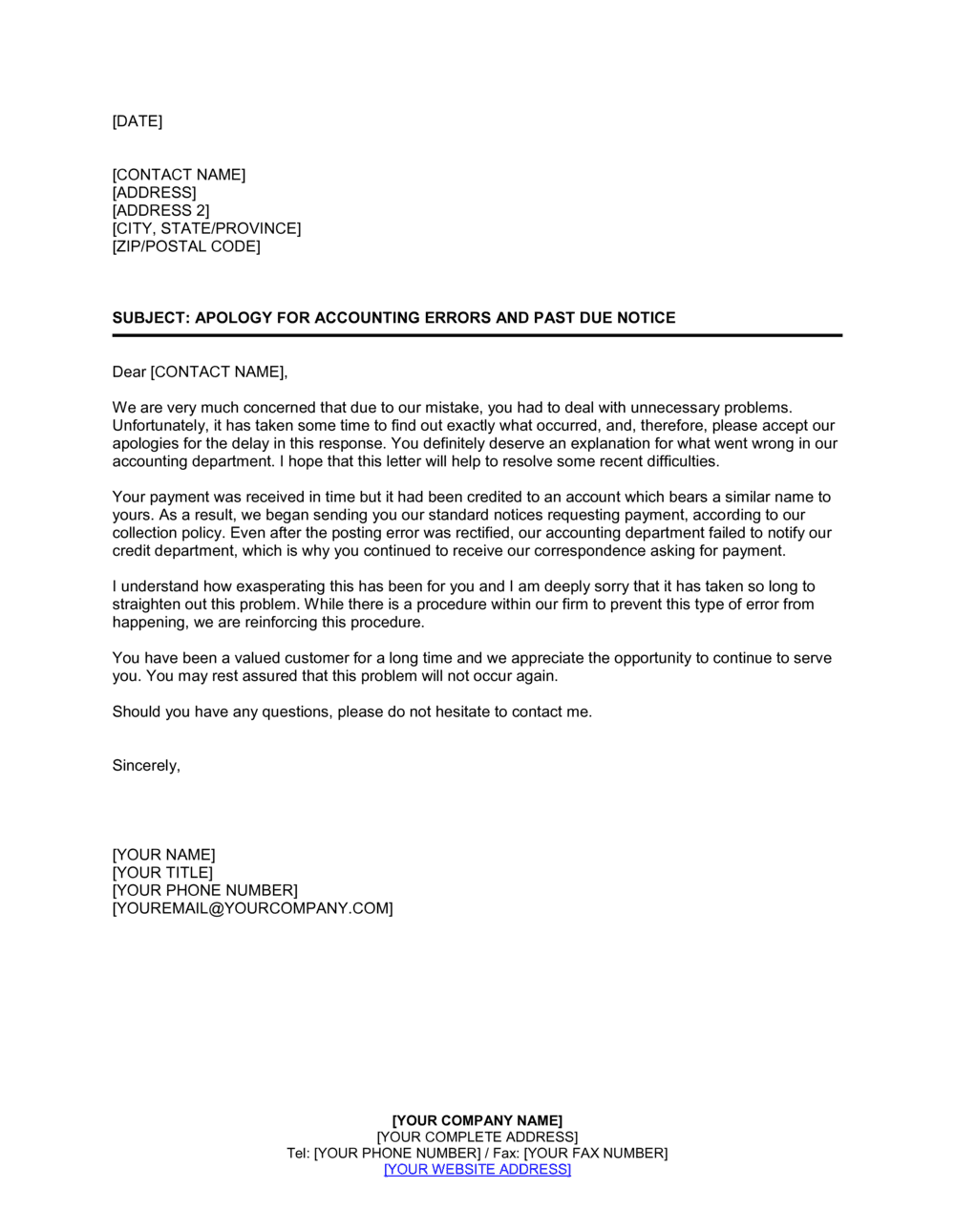

Evaluate the target’s marketable assets (i.e.Ask yourself: Is this really an extraordinary item or one that can be expected in the course of 5 years of operating? For example, a strike leading to a factory shutdown for two weeks. Sellers often draw attention to one-off items that affect operating income. Are headline revenue figures being driven by one big client or a number of clients? If one client were to leave the stable of clients, would revenue collapse? Or are more clients being added all the time and staying for longer? Examples could be salaries growing faster than overall revenue, marketing expenses that aren’t reflected in growing revenues Closely examine expenses and see if there are areas where expenses seem irregularly high and investigate why this is the case.If earnings are volatile, be sure to establish exactly what’s driving that volatility and whether it’s likely to continue into the future. Check for volatility of earnings across periods.The process begins by analyzing 5 years of financial statements (in the US, this means 10-K filings, 10-Q filings, and proxy filings). In conducting financial due diligence, you and your team should look to take on the role of an audit committee. The question, ‘what are the hidden costs here?’ is the essence of what the process is all about. Thus, whether the due diligence you’re undertaking is operational, legal or human resources, as in the cases above, or any other area of due diligence, it pays to keep costs in mind.Īnd while the checklist we provide below is strictly concerned with the explicit financial elements of the target company, every kind of due diligence is in some way financial. The target needs new management? Looks like you’re going to be paying redundancy soon. The company is facing an upcoming legal dispute? That’s likely to cost you. Need investment in operations? That will affect financials.
#Due to due from accounting how to#
Read also: How to Efficiently Conduct Sell-Side Due Diligence Understanding the importance of financial due diligenceįinancial due diligence should be at the core of the due diligence process, because every other element of the business you’re analyzing will affect financial due diligence in some way. The sell-side should be asking itself: “what would the buy side want to see here?”įinancial due diligence can also serve as a form of internal audit, helping to uncover issues that would otherwise have gone unchecked. This is ostensibly the same work, just conducted from a different perspective.

Read more: How to Efficiently Conduct Buy-Side Due Diligence Sell-side financial due diligenceĭespite the tendency to think of financial due diligence as a buy-side practice, there is also a need for the sell-side in a transaction to conduct its own financial due diligence.

The aim of financial due diligence on the buy-side, as mentioned elsewhere, is to ensure that the target company’s financial situation is as healthy and prospective as you would want it to be as an acquirer. Indeed, that is the focus of this article and the checklist below. When we think of financial due diligence in an M&A transaction, we’re typically thinking about due diligence from the buy-side perspective.


 0 kommentar(er)
0 kommentar(er)
